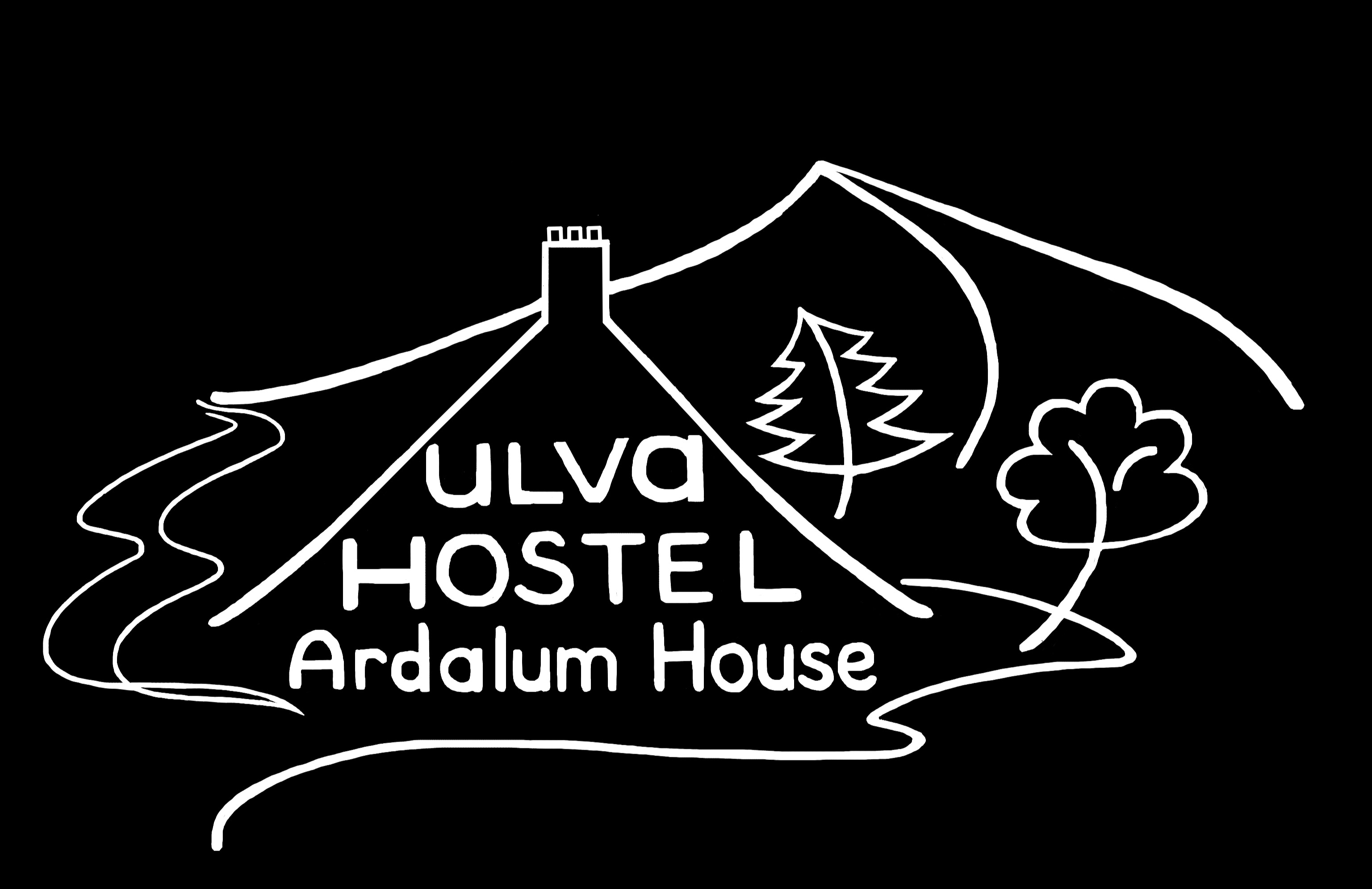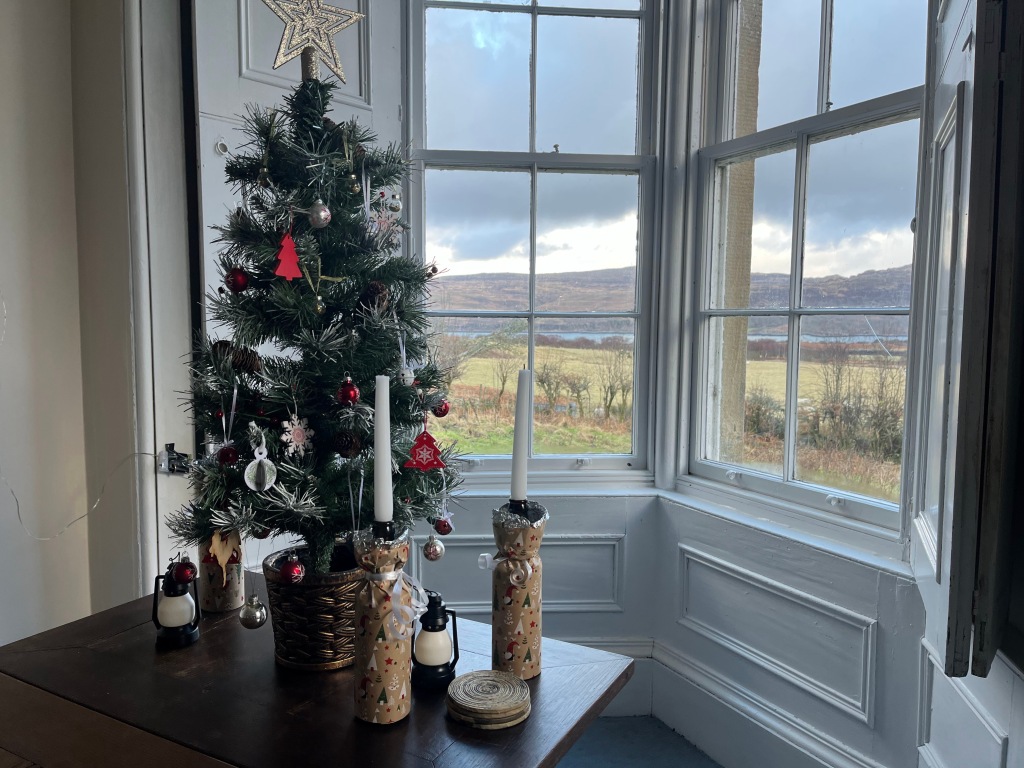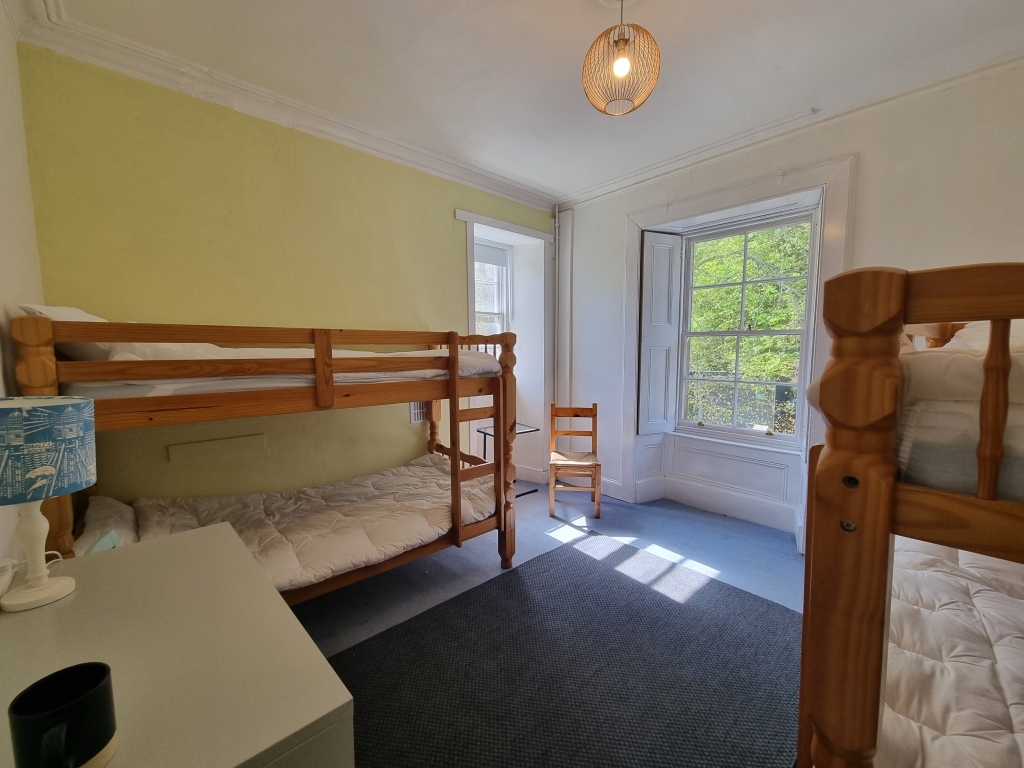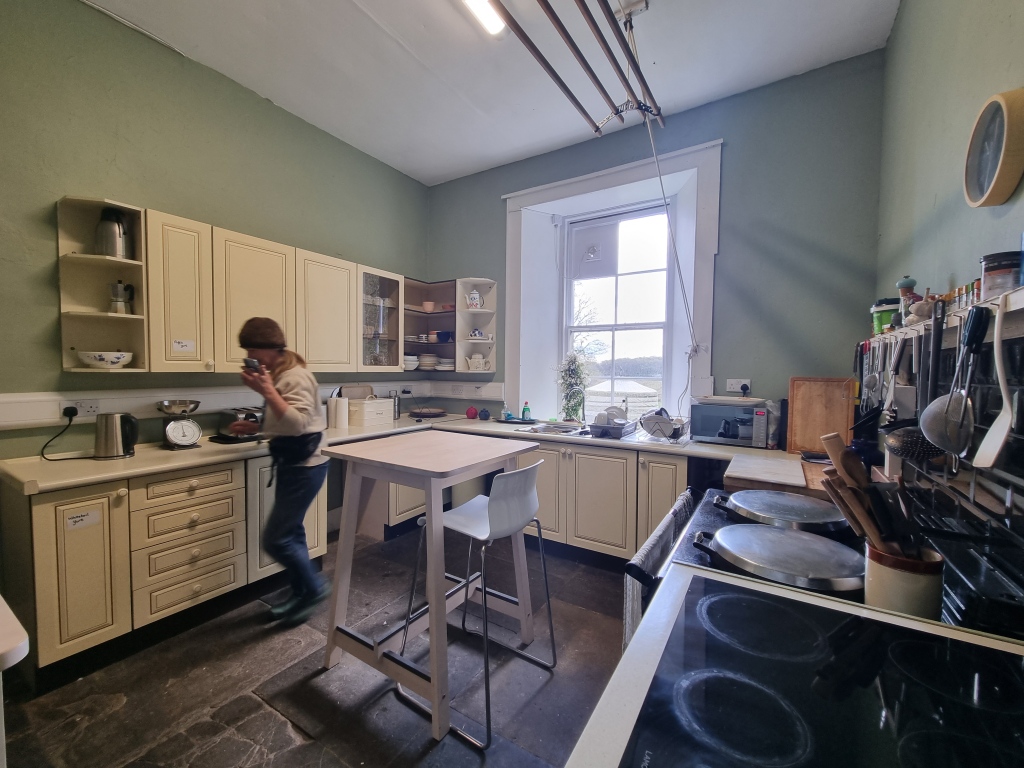

The Isle of Ulva is an island of contrasts from the open vastness of its southern side with its stunning views out over the archipelago of islets in Craigaig Bay and further across to Little Colonsay, Staffa, and Iona. Contrast this with the mature woodland of its eastern side with an amazing variety of fungi and lichens.


A Island with a rich history that is evident by the numerous ruins of the old blackhouses that used to be homes of those that were cleared from the island in the 19th century, along with a suggestion of a much older history of people living on the land that extents 8,000 years into the past, and witnessed by the use of Ulva Cave by Mesolithic hunting and foraging folk.


Now, you can wander the hills and woodlands of Ulva and perhaps never meet another person in an entire days walk, as the main residential area of Ulva is centred around the Boathouse and Ulva House, outside of this area of the island, there are no other permanent residences, except for a bothy at Craigaig on the southside and Bearnus Bothy on the north side. (Both need to booked to use).
The only other residents on the islands are us and we live on Gometra, which is eight miles away down the track on the north side – what we call the ‘main road’ – and is a bit of a expedition to do in one day. However, there are two more bothies on Gometra that can be booked to stay in – just look them up on Airbnb.





What you will see out on your travels – if you are lucky and give yourself time – are the numerous species of raptors from Hawks like the Merlin and the Hen Harrier, the adult being very distinctive with its light grey wings and black tips and which darts this way and that along the edges of the high ground. To the White-tailed Sea Eagle with its huge broad wings, that soars on the updraughts around the coastline.
Even more common, although harder to find, are the numerous otters that inhabits many of the islets and coastal fringes of the Ulva, yet wanders all over the islands – if their tracks are anything to go by!
Red deer are also here, and can commonly be seen down around the good grazing around the old townships. Depending on the time of year you come, they will either be in groups of hinds (females) and stag (males) or around August time onwards, single stags with their harems of hinds and the beginning of the noisy ‘rut’ in September when the hill resound to the roaring of the stags and the clash of antlers. If you are out staying at our other property at Bearnus Bothy, on the northside at this time of year, this can be quite a spectacle, as the deer favour the grazing on this part of the island and large groups can commonly be found here throughout the year.
Lastly, the Common Seal can be found in two populations around the coastline with one off the northern side of Ulva and on in Am Bru, the strip of water that separates Ulva from Gometra. However, their breeding season tends to co-incide with the main tourist season and they then take themselves off to more remote rocks – but you can still here their lowing calls that resound around parts of the island.



